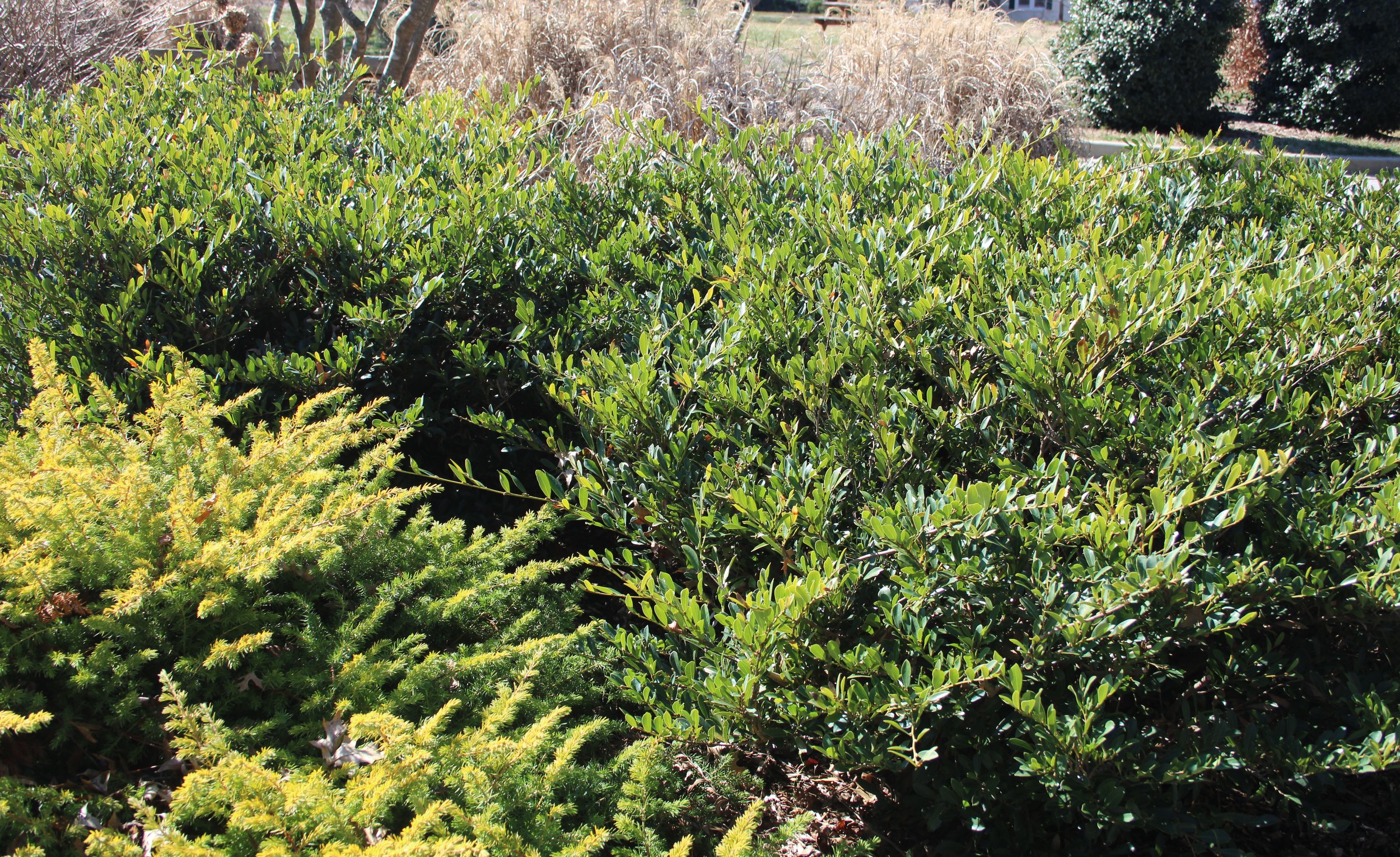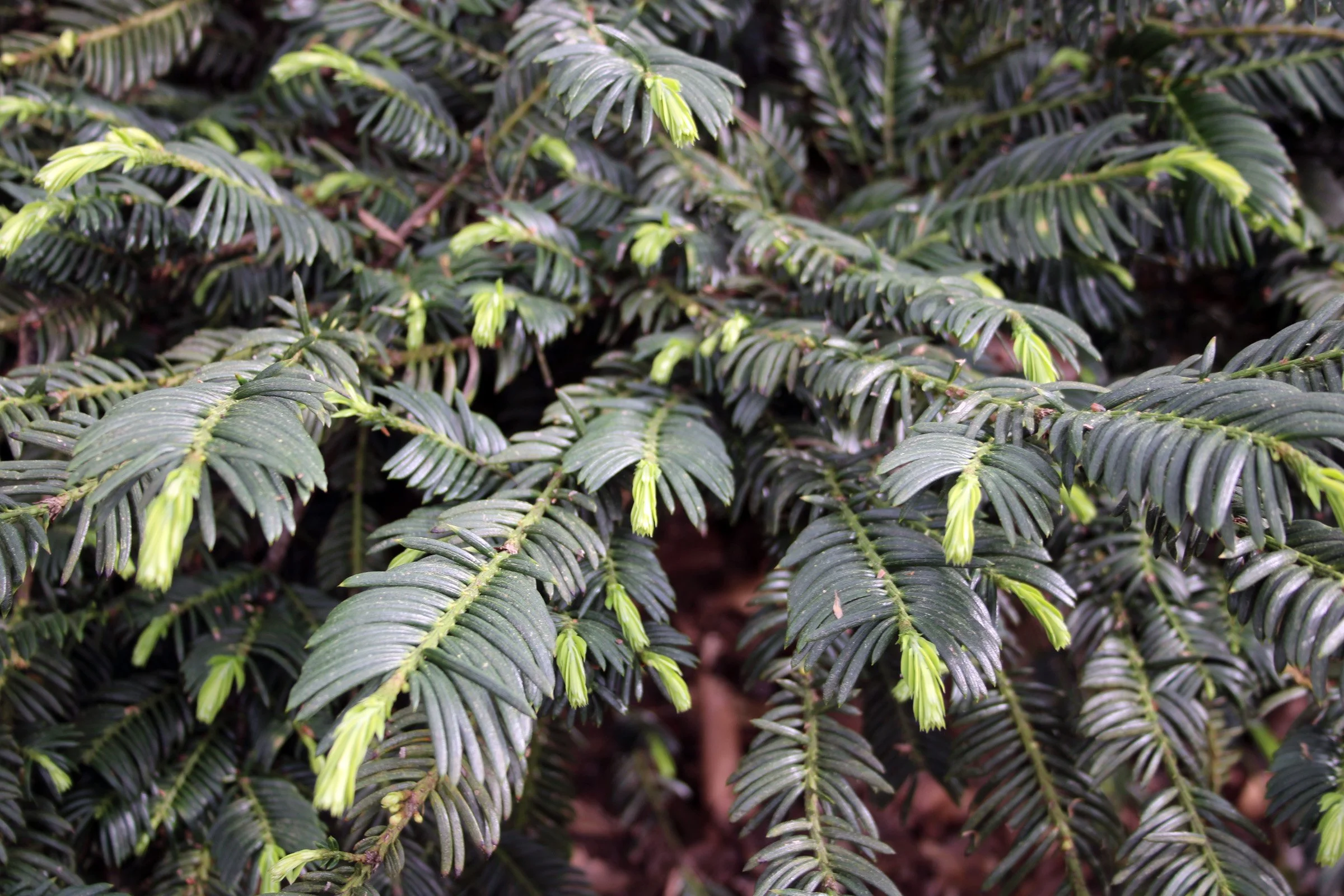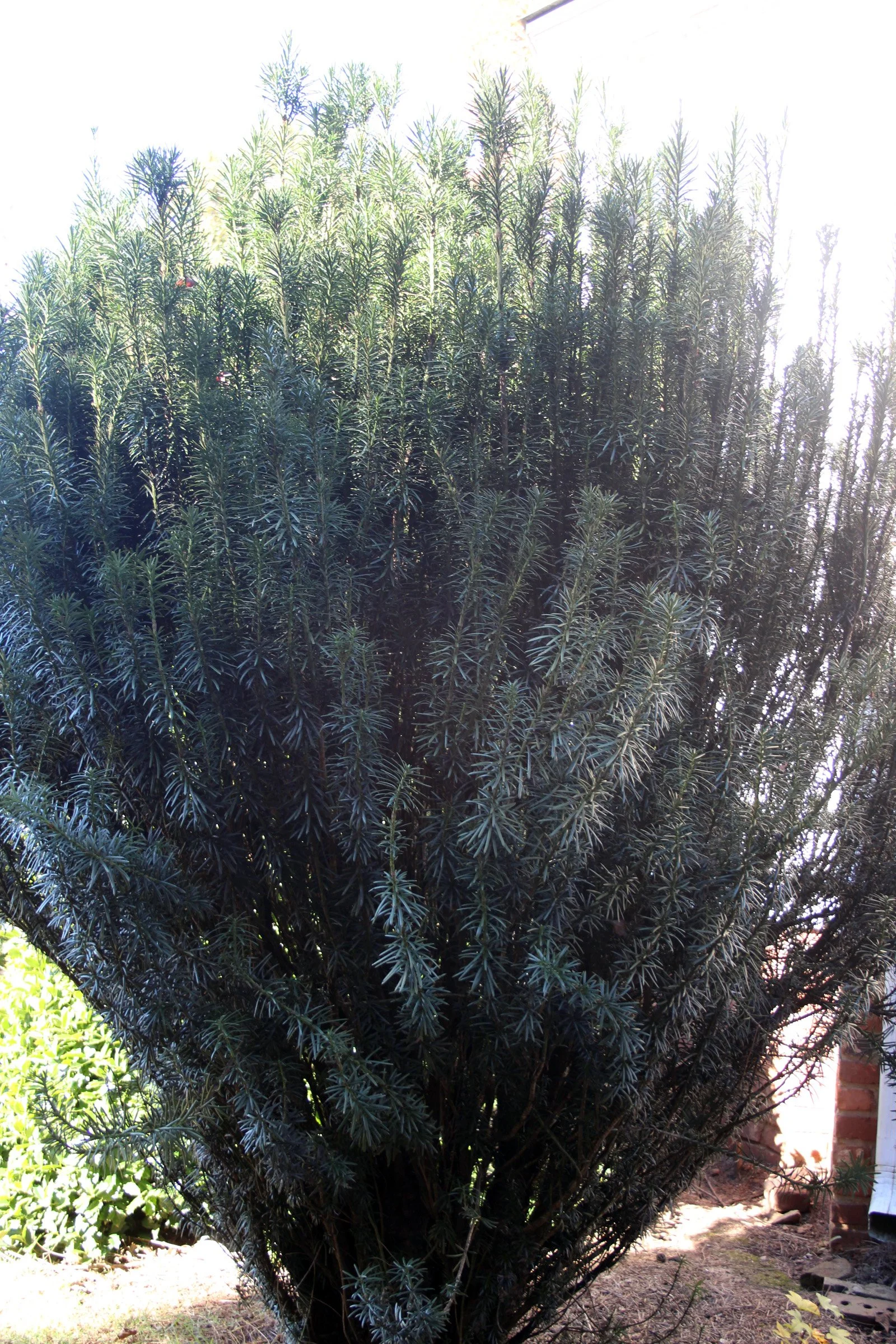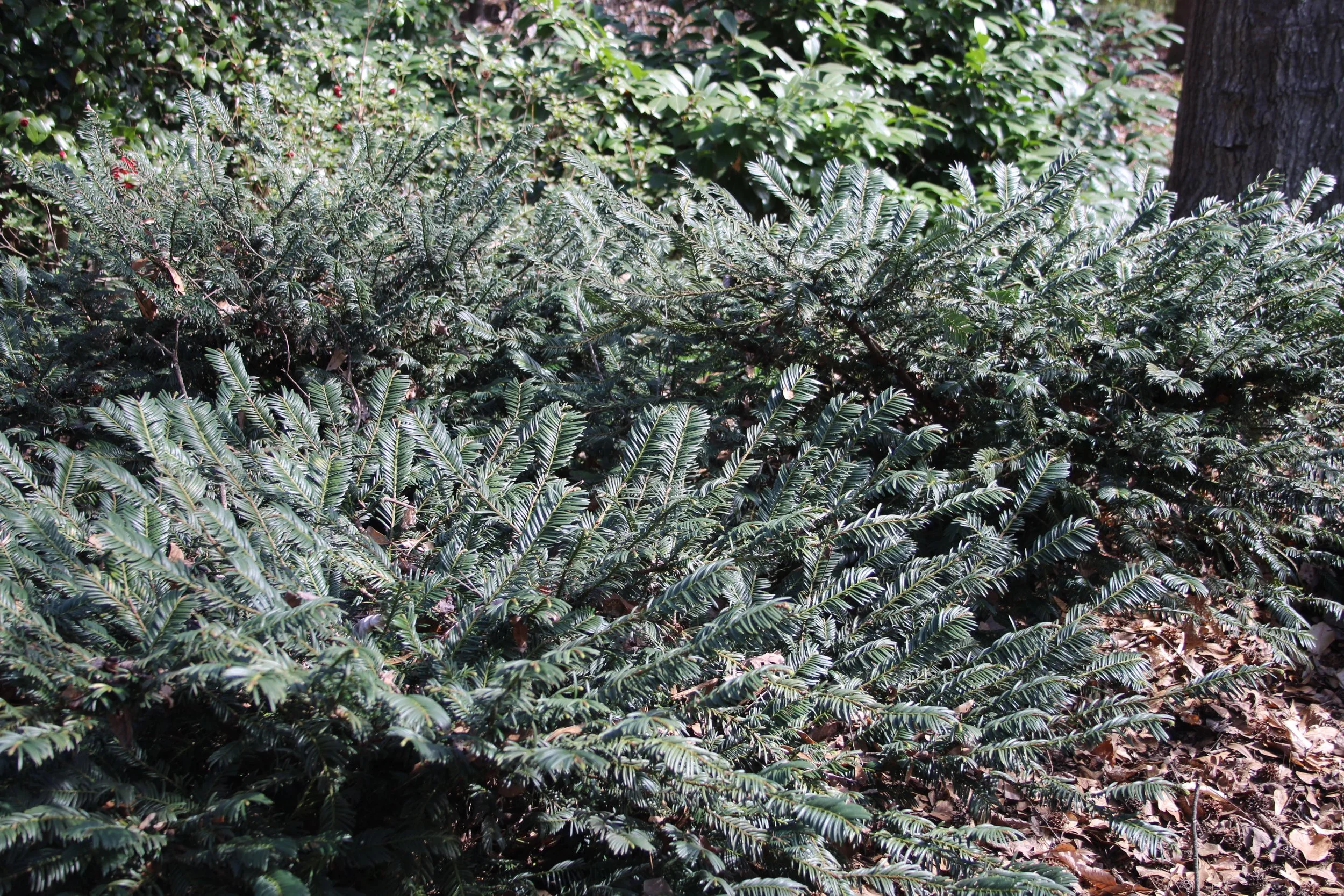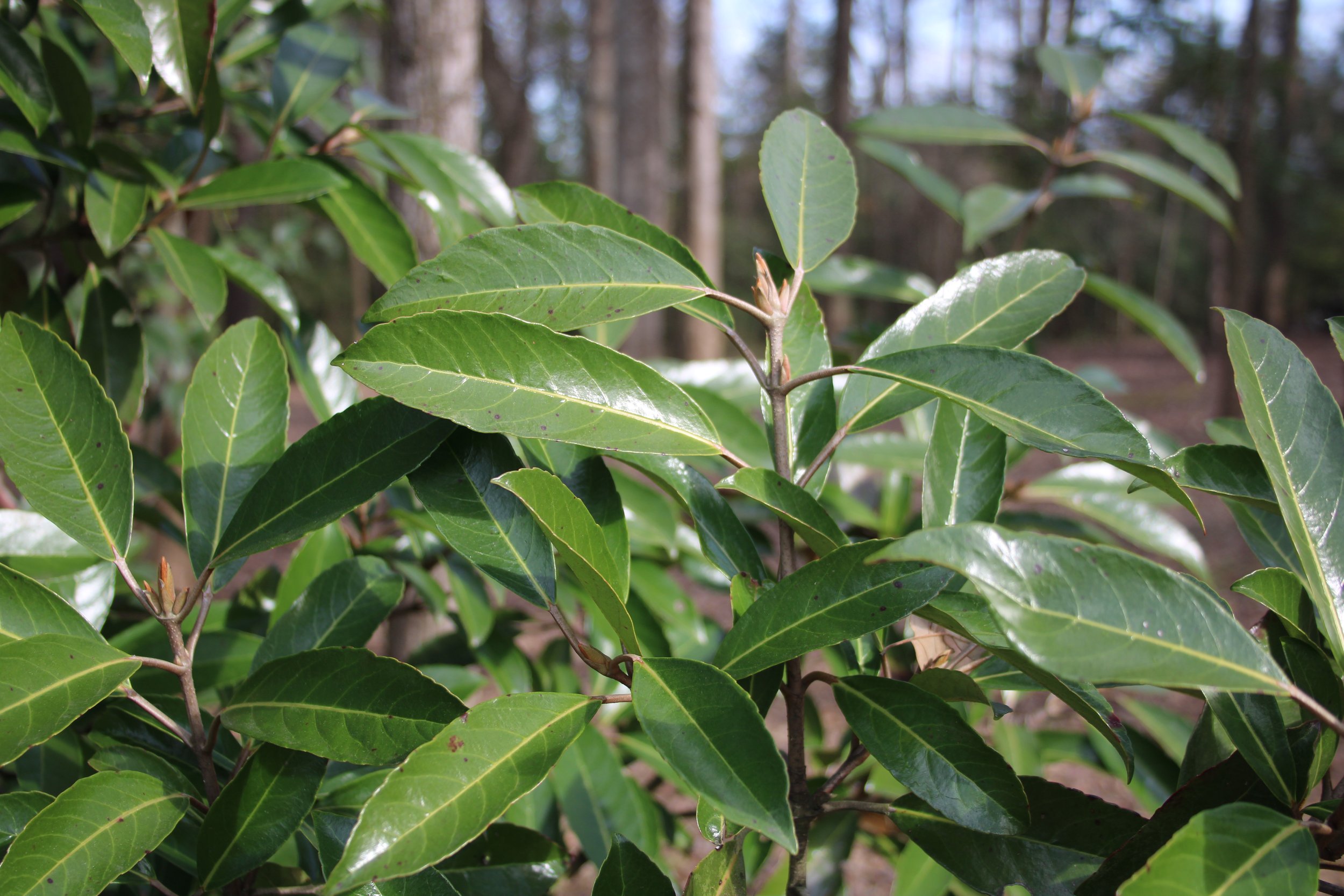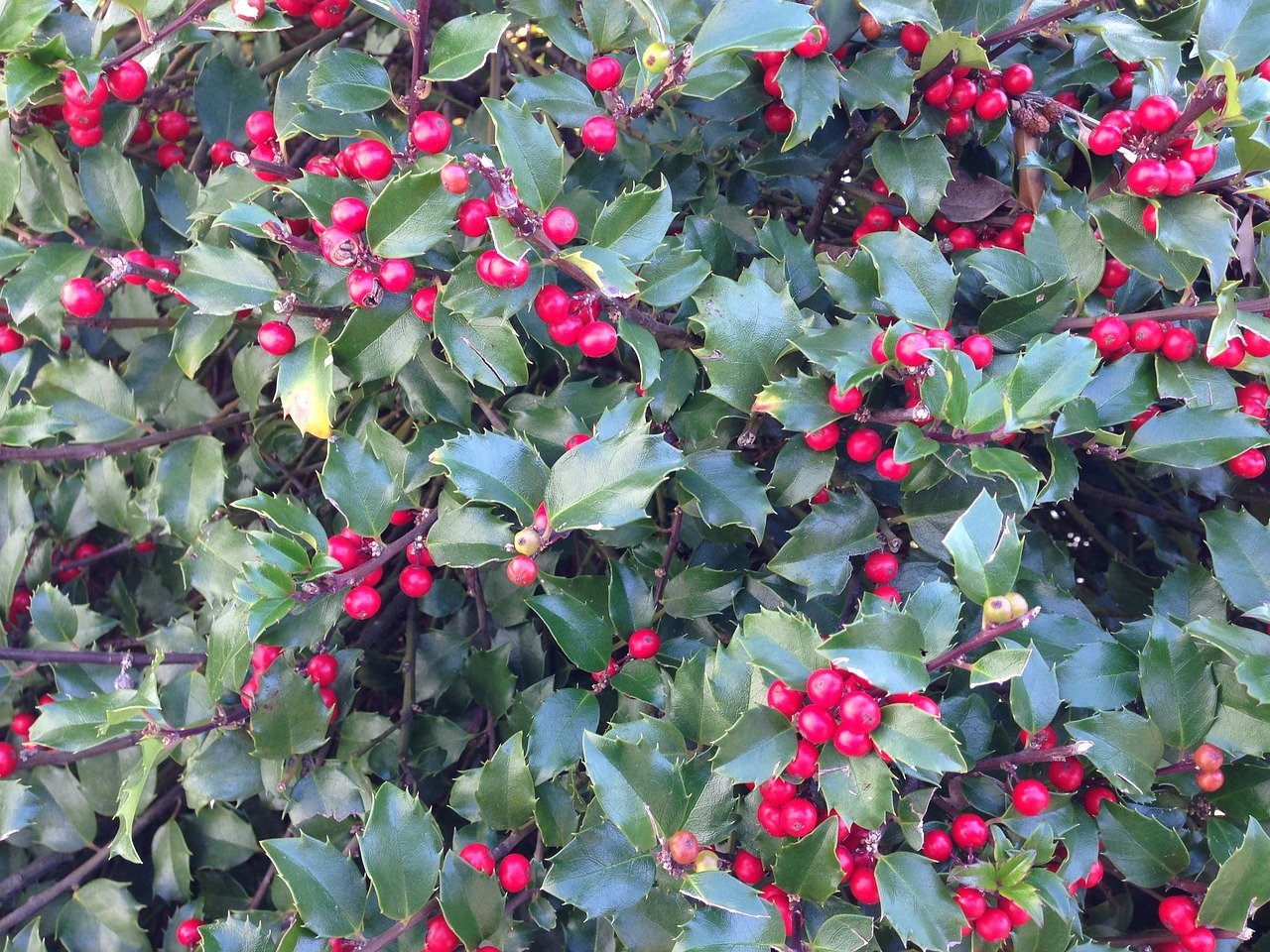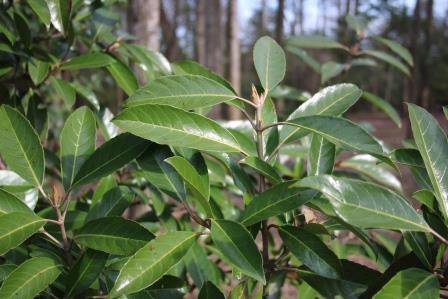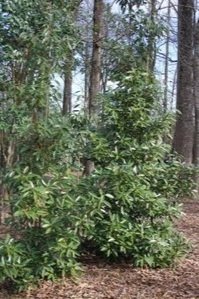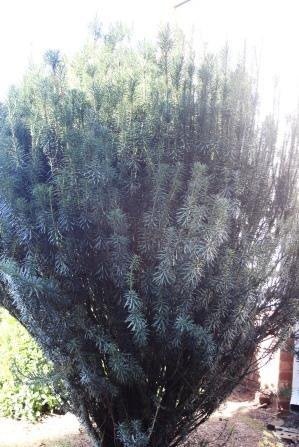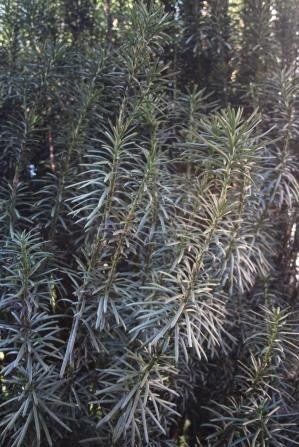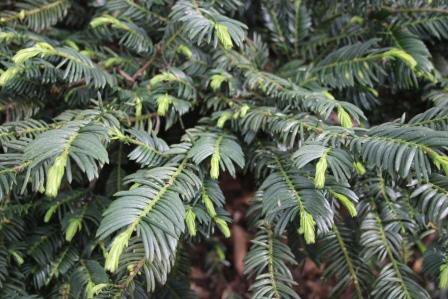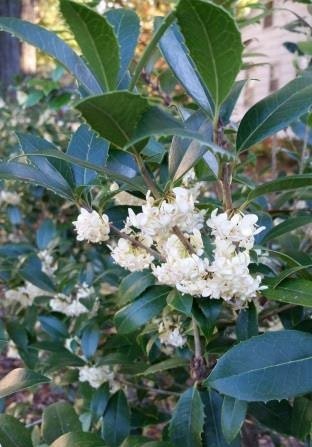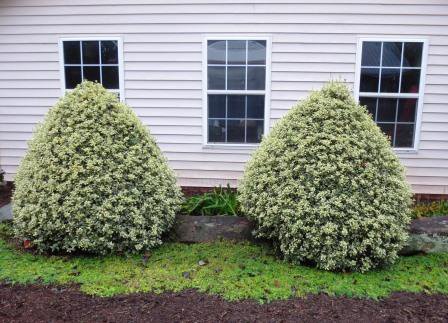Hellebores, crocus, winter aconite, and early daffodils are making a show in my garden right now. Camellia japonica flowered, the blooms were blasted to ugly brown by a cold snap, and then dormant buds flowered for a repeat show. There are several species of Camellias, but the most common in southern gardens are Camellia japonica and Camellia sasanqua.
Camellia japonica (pronounced kah-MEE-lee-ah jah-PON-ih-kah) flowers in winter and early spring. It prefers partial shade to mostly shade. These evergreen, broadleaf shrubs are slow growing but make an excellent privacy hedge over time. Planted in a suitable location, they require little if any pruning. They will eventually reach 12 feet tall and up to 5 feet wide. Flowers are up to five inches across, in shades of pink, white, red, and variegated. Flowers can be single, double, formal double, with stamens visible or concealed by the petals. Blooms can be floated in a shallow bowl of water for an indoor arrangement. Shrubs with variegated flowers will occasionally have a few leaves that are mottled with yellow spots as well. This is not a cause for concern.
Camellia sasanqua (pronounced kah-MEE-lee-ah sah-SAN-kwah), sometimes called simply Sasanqua, blooms in late autumn to winter. It will tolerate more sun than C. japonica. It is a fast grower, reaching up to 14 feet tall and up to 7 feet wide. Sasanqua flowers and leaves are smaller than C. japonica. Flowers average 3 inches across, and single in form with yellow stamens. Flowers are pink, red, or white and petals are a bit ruffled. Blooms shed quickly, so they are not good in cut flower arrangements. Flowers appear on prior year’s growth, so avoid pruning for the best flower show.
Camellia japonica leaf on left. Camellia sasanqua leaf on right.
Both these species of Camellias are hardy in zones 7-9. They are adaptable to most soil types and acidic to neutral soils. Their thick evergreen foliage, their shiny leaves, and their resistance to deer damage make Camellias a good choice for southern gardens despite their susceptibility to several types of diseases and insects. Rake up and discard fallen flowers to reduce fungus issues. Clemson University has an excellent fact sheet on potential diseases, prevention, and treatment. Click HERE for their bulletin. Camellia’s dense canopy provides winter protection for songbirds.









